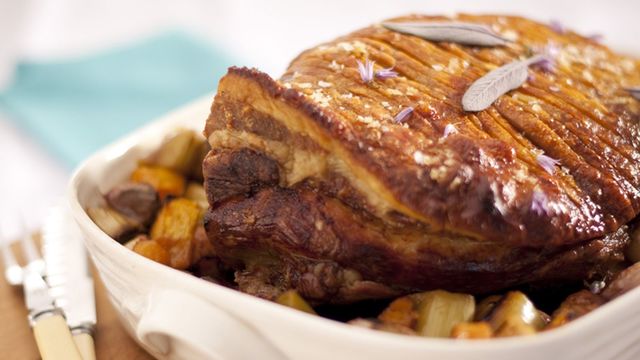
France has reported a decline in cases of a serious condition that can develop after an E. coli infection. Hemolytic uremic syndrome (HUS) is a severe complication associated with E.
coli infections that causes kidney failure. Data from Santé publique France shows 143 HUS cases in 2023 compared to 252 in 2022. There were several serious outbreaks in 2022, including one linked to Nestlé Buitoni frozen pizzas.
Italian data shows that 68 cases of HUS were recorded between July 2023 and June 2024. The Italian Hemolytic Uremic Syndrome Registry is operated by the Italian Society of Pediatric Nephrology and the National Institute of Health (ISS). Santé publique France surveillance data on HUS only covers those younger than 15.
Almost 70 percent of cases in 2023 were children under 3, but patients ranged from 1 month to 14 years old. Males and females were equally affected. For 30 cases with available information, the median length of hospitalization was six days but ranged from 1 to 30 days.
Two deaths were recorded. From 132 cases, 56 were E. coli O26, 11 were E.
coli O80, seven were E. coli O157, six were E. coli O177, and five were E.
coli O145. Two foodborne outbreaks Fifteen epidemiological investigations were opened following suspicions of clusters of infections. Eleven included fewer than five cases.
For eight investigations, the microbiological and epidemiological work did not allow a conclusion to be drawn on a common source of contamination. In two cases, the microbial results ruled out a link. Two investigations suspected an epidemiological link but did not confirm it.
In three suspected clusters of more than five cases, two investigations confirmed a food origin, and in one investigation, no common source of contamination could be found. In April 2023, Santé publique France started an investigation following the notification of two children under 5 years old suffering from HUS in Île-de-France and Hauts-de-France, for whom families noted the consumption of fermented milk on food questionnaires. In one case, fermented milk was purchased from a mobile truck; in another, it was bought from a local grocery store.
In Île-de-France, stool samples from three other family members were positive for STEC O26:H11. A STEC O26:H11 strain was isolated from a fermented milk sample, and sequencing confirmed the same genomic profile as human strains. A product recall was issued in May.
Belgium identified two people with similar strains. One case reported the consumption of fermented milk, but no information on its origin was known. For the other patient, no link to raw fermented milk was reported.
In November, three children were hospitalized with HUS in less than a week, two of whom attended the same daycare center. A few days later, two other children from this daycare were hospitalized for suspected STEC infection. Overall, 13 children aged six months to four years old were infected with E.
coli O26:H11, and six developed HUS. Investigations identified the consumption of raw milk Morbier cheese, served at the daycare, as the most likely source of contamination of initial cases, followed by probable person-to-person transmission. National surveillance identified six other cases in five regions between August and December 2023, whose strains belonged to this genomic cluster.
For four of them, consumption of Morbier was confirmed. STEC O26:H11 was isolated from cheese with the same genomic profile as the sick children. A withdrawal and recall was issued in December 2023.
The General Directorate of Food (DGAL) recommends against serving raw milk cheeses to groups of young children under 5 years old. Campylobacter stats Santé publique France has also reported Campylobacter data for 2023. The National Reference Center (CNR) for Campylobacters and Helicobacters identified 9,352 strains as Campylobacter.
This covers 9,255 infected patients, including 95 people infected with multiple strains. The age at infection ranged from under 1 to 105 years old. The incidence was highest in the 0 to 9 age group.
Overall, the incidence was higher in men than women. Campylobacter jejuni was the most frequent species, with more than 8,000 isolates, followed by Campylobacter coli and Campylobacter fetus. A peak of infections was observed during the summer period of June to August; this seasonality was also seen in previous years.
Resistance to ciprofloxacin from the fluoroquinolone family is around 60 percent for both Campylobacter jejuni and C. coli. Resistance to erythromycin remains very low for Campylobacter jejuni but slightly higher for Campylobacter coli.
Resistance to tetracycline remains at a high level for Campylobacter coli but is lower for Campylobacter jejuni. The majority of strains showed a resistance profile to at least one of the five antibiotics tested. However, very few strains were resistant to all five.
(To sign up for a free subscription to Food Safety News, click here .).














